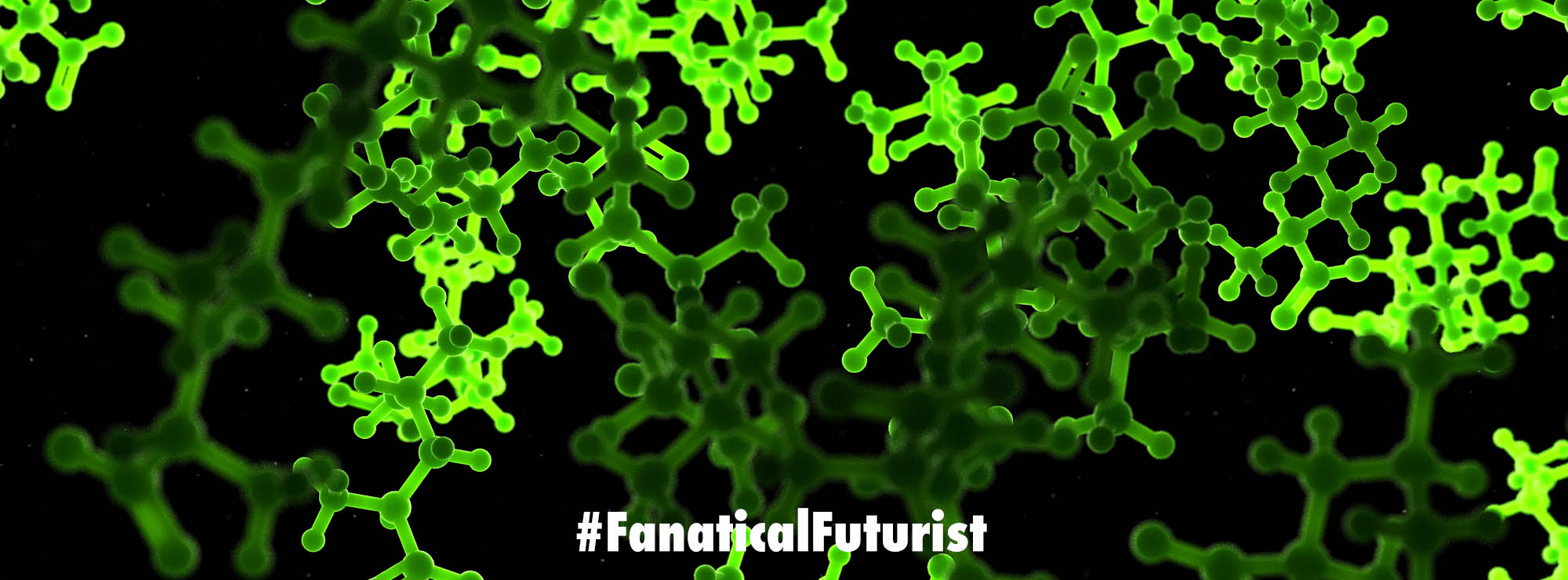
WHY THIS MATTERS IN BRIEF
Our ability to create nano scale products is getting better fast, and these breakthroughs could transform every industry from manufacturing to healthcare and beyond.
 Love the Exponential Future? Join our XPotential Community, subscribe to the podcast, future proof yourself with courses from XPotential University, read about exponential tech and trends, connect, watch a keynote, or browse my blog.
Love the Exponential Future? Join our XPotential Community, subscribe to the podcast, future proof yourself with courses from XPotential University, read about exponential tech and trends, connect, watch a keynote, or browse my blog.
There are lots of reasons why nanobots and nanomachines are interesting, firstly they can be used to kill cancers, secondly they can be used to assemble molecular sized products and next generation materials, and thirdly they’re one of the most awesome of all sci-fi technologies.
Now, in our quest to make these micro machines even better and on the back of the development of new DNA and enzyme motors it turns out that tiny components made out of protein could power molecular machines in the near future after researchers developed new kinds of proteins that are able to self-assemble themselves into tiny machine parts that can be used in molecular engines.
What are molecular motors? Essentially, they are natural or artificial machines that aid essential movement in all living organisms. And now, scientists have created the pilot components of a molecular engine – self-assembling axles and rotors – in a lab.
Created by Alexis Courbet and their team at the University of Washington, these components made from protein could help create sophisticated nanomachines. They’re currently building basic parts before taking on more challenging components.
As David Baker from the team behind these proteins told New Scientist, these nanomachines may be used one day to unclog arteries or to repair damaged cells.
The problem with replicating biological machines in a lab is that those have been programmed to serve a specific purpose by evolution. Adapting them to other purposes is not easy. In fact, Baker says that going to back to the start “and trying designing everything from first principles” has more merit.
All proteins are made up of amino acids. Natural proteins have 20 different amino acids, and each protein’s structure is defined by the sequence of amino acids. Scientists have struggled with predicting what a sequence will fold into, but strides have been made due to deep learning software.
Unfortunately, it’s not possible to say whether these axles are turning in the rotors, for cryogenic electronic microscopy only provides a series of stills instead of a moving picture.
To develop different versions of axles and rotors, Courbet used a suite of software called Rosetta which was developed by Baker’s group.
To create the machines, the team put DNA coding for the custom proteins into E. coli bacteria. To check their structure, a method called cryogenic electron microscopy was used. They then learned the axles were assembling perfectly inside the rotors.
References
Page, M. L. (2022, April 22). Tiny axles and rotors made of protein could drive molecular machines. New Scientist.